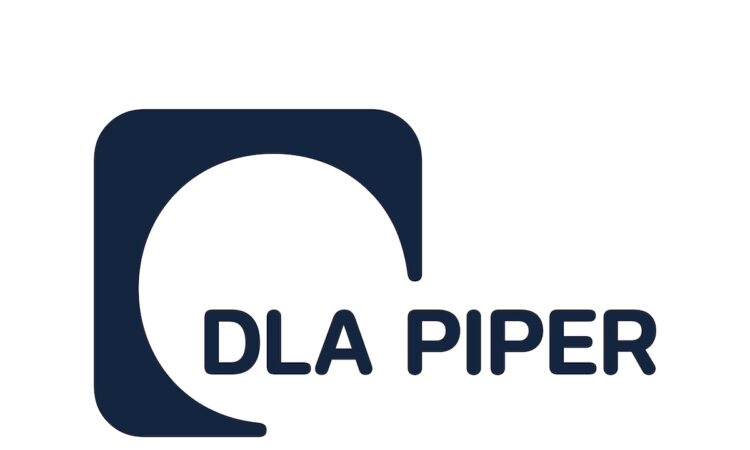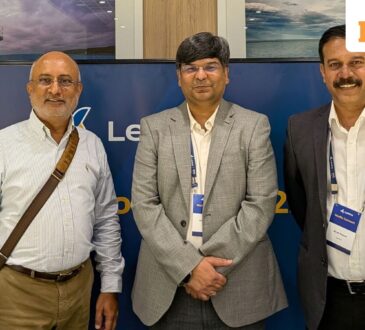Equity Lines Of Credit And At-The-Market Offerings: Alternative Public Financing Options | DLA Piper

For public companies looking to raise capital relatively quickly and at a lower cost, equity lines of credit (ELOCs) and at-the-market equity offerings (ATMs) may be viable options. Both allow companies to control the timing and volume of sales of equity securities and offer processes that are generally less disruptive and costly than traditional underwritten offerings.
On October 23, 2025, Capital Markets and Public Company Advisory Group Co-Chair Josh Kaufman (New York and Miami) participated in the “Equity Lines & ATMs: Financing Alternatives for Microcaps,” webinar sponsored by DealFlow Events, which discussed the facilities’ respective structures, benefits, risks, and use cases.
Drawing on similar themes, described below is an overview of ELOCs and ATMs, use cases, pros and cons, and practical considerations for implementing them.
ELOCs
An ELOC gives a company the right to sell a specified number of shares of (typically) common stock to an institutional investor at a discount to market price based on one or more pre-agreed formulae. The ELOC is designed to function akin to a debt line of credit in that the company can make multiple drawdowns. The purchase agreement between the company and the investor pursuant to which the shares are sold usually limits the number of shares that may be issued by the company during a given period, often determined by the average daily trading volume in the company’s listed security.
The company’s shares are sold to the investor through a private placement, but are registered by the company for public resale by the investor on a Form S-1 (or a Form F-1 in the case of a foreign private issuer), so that the investor can immediately re-sell the purchased shares into the market, assuming the Form S-1 (or F-1) has become effective and is available for use. The US Securities and Exchange Commission (SEC) has issued guidance in the form of Compliance and Disclosure Interpretations (C&DIs) Questions 139.12 – 139.24 which address the requirements that companies and investors must meet to register the shares for resale. Typically, the number of shares that can be sold to the investor is capped at just below 20 percent of the company’s outstanding common stock so as not to trigger a shareholder vote under Nasdaq or NYSE rules, which require shareholders to approve the issuance of 20 percent or more of a company’s stock in a private placement below market price.
ELOCs are generally utilized by smaller companies that are newly public (i.e., they have been reporting companies for less than 12 calendar months) and do not meet the requirements for Form S-3 (or F-3), which is required to establish an ATM. In addition, as Kaufman noted, companies that have recently completed a de-SPAC or reverse merger process that wish to raise additional capital during their first-year post-transaction may benefit from establishing an ELOC as the S-3 (or F-3) would not be available. Furthermore, companies that have less than $75 million in non-affiliate market cap and would otherwise be subject to “baby shelf” rules under Form S-3 (or F-3), limiting their primary cash offerings to one-third of their non-affiliate market cap during any 12-month period, may also use ELOCs to raise capital in excess of such limits.
ATMs
An ATM offering is a registered offering of equity securities into an existing trading market at prevailing market prices, rather than at a fixed price, in reliance under Rule 415(a)(4) under the Securities Act of 1933, as amended. In an ATM, sales are made incrementally over time through one or more broker-dealers acting as a sales agent(s) and can occur over weeks, months, or years. Sales agents may act on an agency or principal basis. In the former case, the agent sells shares for the company on a best-efforts basis, and, in the latter case, the agent will purchase the shares for re-sale. In addition, the ATM permits the company to accept “reverse inquiries” from institutional investors who wish to purchase a block of registered securities at market pricing. The equity distribution agreement governs the terms of the ATM, including representations and warranties, covenants, indemnification, and deliverables, such as legal opinions and comfort letters.
An ATM offering requires a company to be able to file a shelf registration statement on Form S-3 (or F-3). Accordingly, companies must:
- Have a class of securities registered under Section 12 of the Securities Exchange Act of 1934, as amended (the Exchange Act),
- Have been a reporting company under the Exchange Act for at least 12 calendar months and have timely filed all Exchange Act reports, and
- Not have defaulted on indebtedness or failed to pay any dividend or sinking fund installment on preferred stock since the end of the last fiscal year.
In addition, companies that are well-known seasoned issuers (WKSIs) benefit from the automatic effectiveness of their shelf registration statements.
ATM programs offer several benefits to issuers, including the ability to sell shares as needed in the market (often referred to as “dribbling out” the shares) to match working capital needs and/or to dollar-cost average share sales. When these shares are sold, they typically become part of the listed security’s natural trading flow, minimizing market impact and reducing the risk of price declines associated with large, announced offerings, since an ATM is announced upon initiation and the public is only updated quarterly as to ensuing sales thereunder.
Companies have the ability to control the timing, size and pricing of sales, but also can set floor prices or daily volume limits to manage dilution and price pressure. A key difference between ATM and ELOC offerings is that companies with ELOC programs do not have the ability to control when their investors resell their shares into the market, whereas companies with ATM programs are able to exercise more control over the timing and manner of such sales. The cost for raising capital under an ATM program is also lower than standard follow-on offerings (as well as for ELOCs) as sales agent commissions are typically up to three percent of the gross proceeds and there is no market discount for dribble-out shares. Finally, ATM offerings do not require significant management involvement compared to underwritten offerings (i.e., no roadshows or other marketing efforts) and can be established generally in a shorter timeframe.
According to Kaufman, ATMs were historically used by real estate investment trusts (REITs) and life sciences companies, but, increasingly, they are being used by companies in other industries, including most successfully and robustly by digital asset treasuries (DATs), some of whom have established multibillion-dollar ATMs.
Establishing an ELOC or ATM
While ELOCs and ATMs both provide mechanisms for companies to raise capital over time, their differing structures and requirements may determine the best program for a company seeking capital. Companies may also utilize both programs at different times in the course of their growth and development. For example, a company may start with an ELOC within the first year of going public and then graduate to an ATM program once it qualifies to use Form S-3. Several of the DealFlow Events panelists encouraged companies to consider putting such programs in place even if they do not immediately require financing in order to provide future flexibility. Having these programs already in place could facilitate quick access to funding when and if required. However, the panelists also agreed on the importance of appropriately sizing the program in order to offset any actual or perceived dilutive impact of the program.
A company that wishes to establish an ELOC or ATM program would be required to obtain board approval and may want to establish a pricing committee of the board to determine the amount and terms of the program. In addition, by working with experienced legal counsel and other advisors, companies and their management and boards can set appropriate terms for these programs to help keep costs down and to ensure that they meet the companies’ needs.
ELOCs and ATMs can provide companies with a flexible and efficient means of raising capital that can be complementary to standard follow-on equity offerings and PIPEs. Companies are encouraged to work closely with legal and financial advisors to structure ELOCs and ATMs to align with their capital needs and compliance obligations.
A recording of the DealFlow webinar may be accessed here. For more information, please contact the authors.
[View source.]



